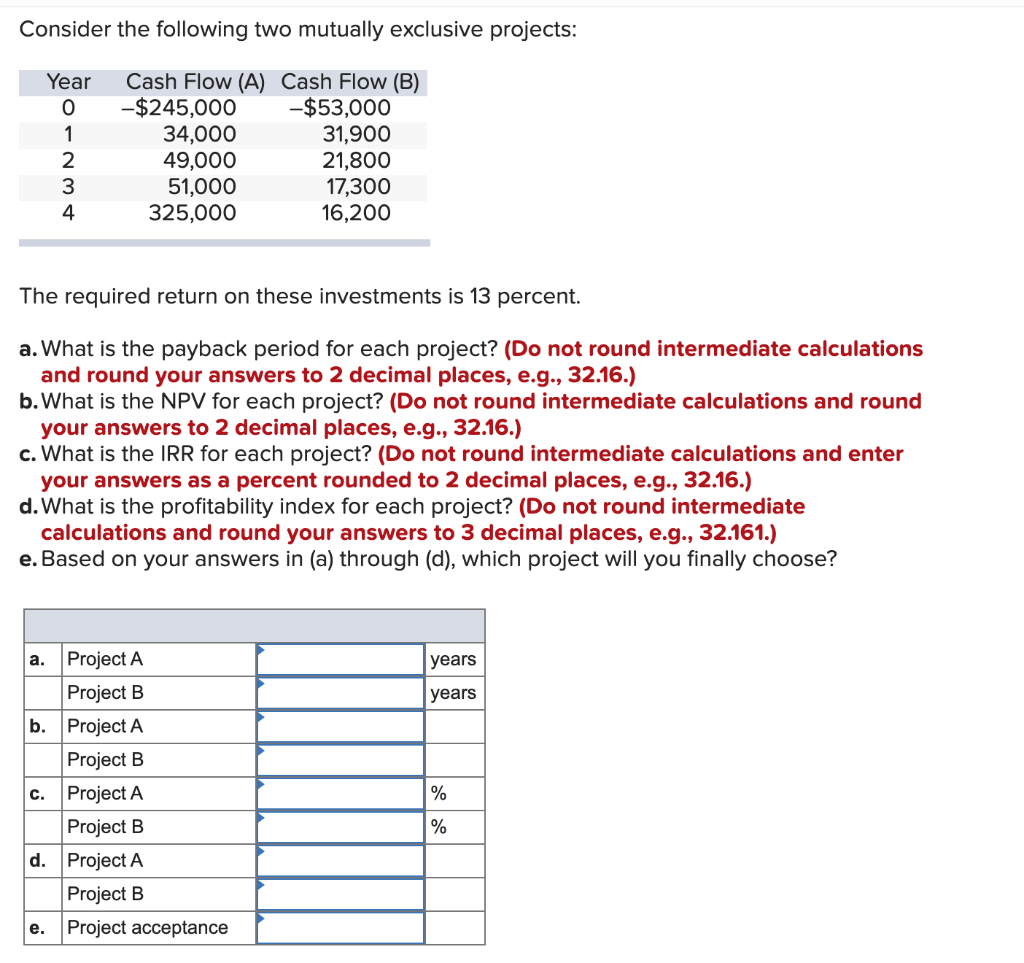

(For the sake of tidy accounting and liability, you shouldn’t use your company’s retained earnings as a personal spending account.)Īnalyzing a balance sheet with financial ratios

And drawing, or owner’s draw, is the money you pay yourself from your business. Retained earnings is the profit your business has held onto. Capital is your initial investment, the money you used to get up and running. OWNER’S EQUITY is the money that you, the owner, has sunk into the business. Other liabilities, like business loan debt, stick around longer. In the example above, accounts payable-typically payments to vendors or contractors-could be considered a short term liability you’ll probably pay them off each month. Subtracting them from your assets gives you a rough idea of how much value your business really has to work with. And some may not even be in your hands yet- accounts receivable, or payments you’re due to receive. Some of it is less liquid, like equipment or inventory. Some of it is cold hard cash-like the business bank account line item in the example above, which holds $20,000. Example balance sheetĪSSETS include all the value you have on hand. Liabilities can include accounts payable, accrued expenses, and long-term debt such as mortgages and other loans. Assets can include cash, accounts receivable, equipment, inventory, or investments.
/GettyImages-116263797-47dd1b367f78494bbb8aee975b86ef76.jpg)
Your balance sheet tells you how much value you have on hand ( assets) and how much money you owe ( liabilities).


 0 kommentar(er)
0 kommentar(er)
